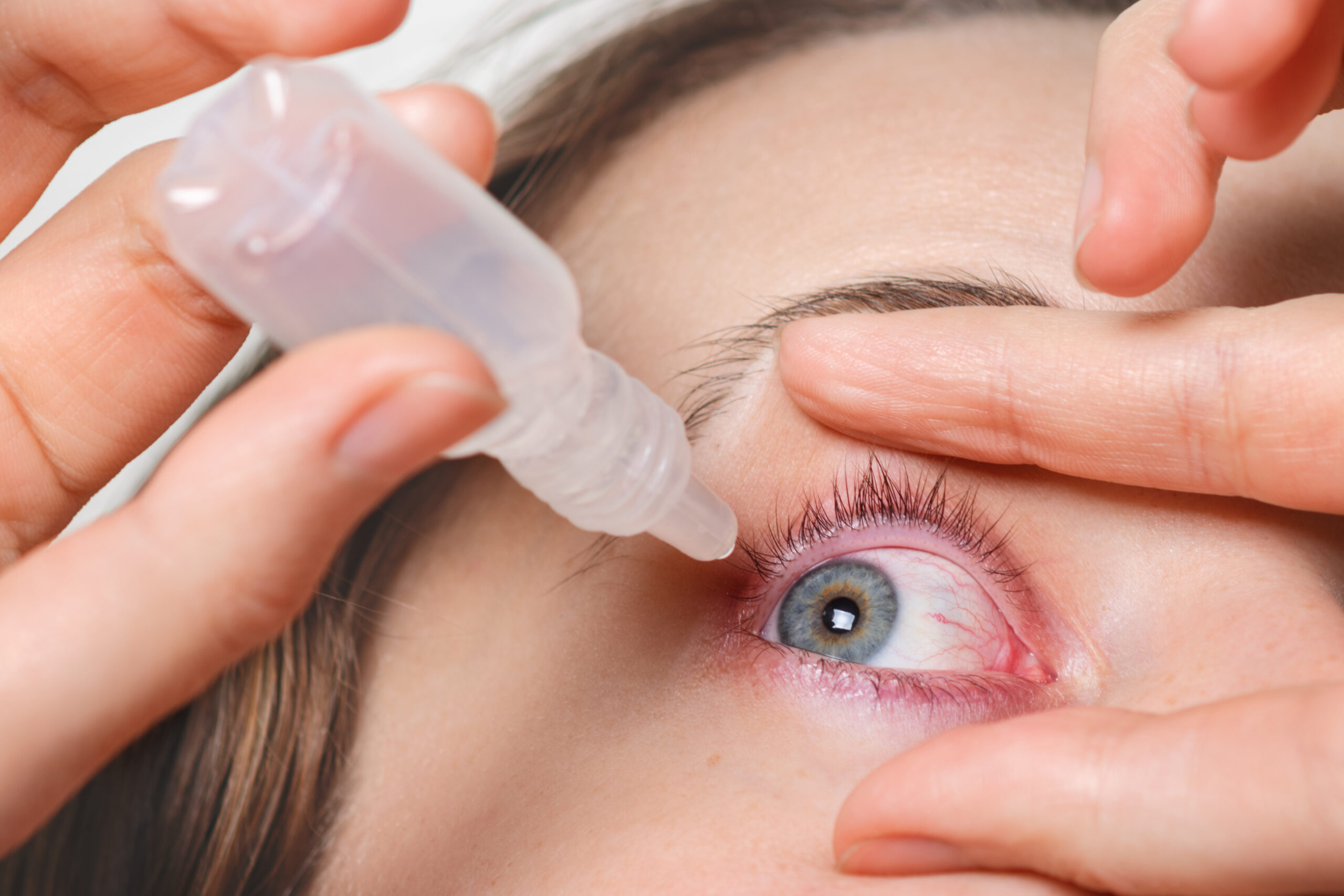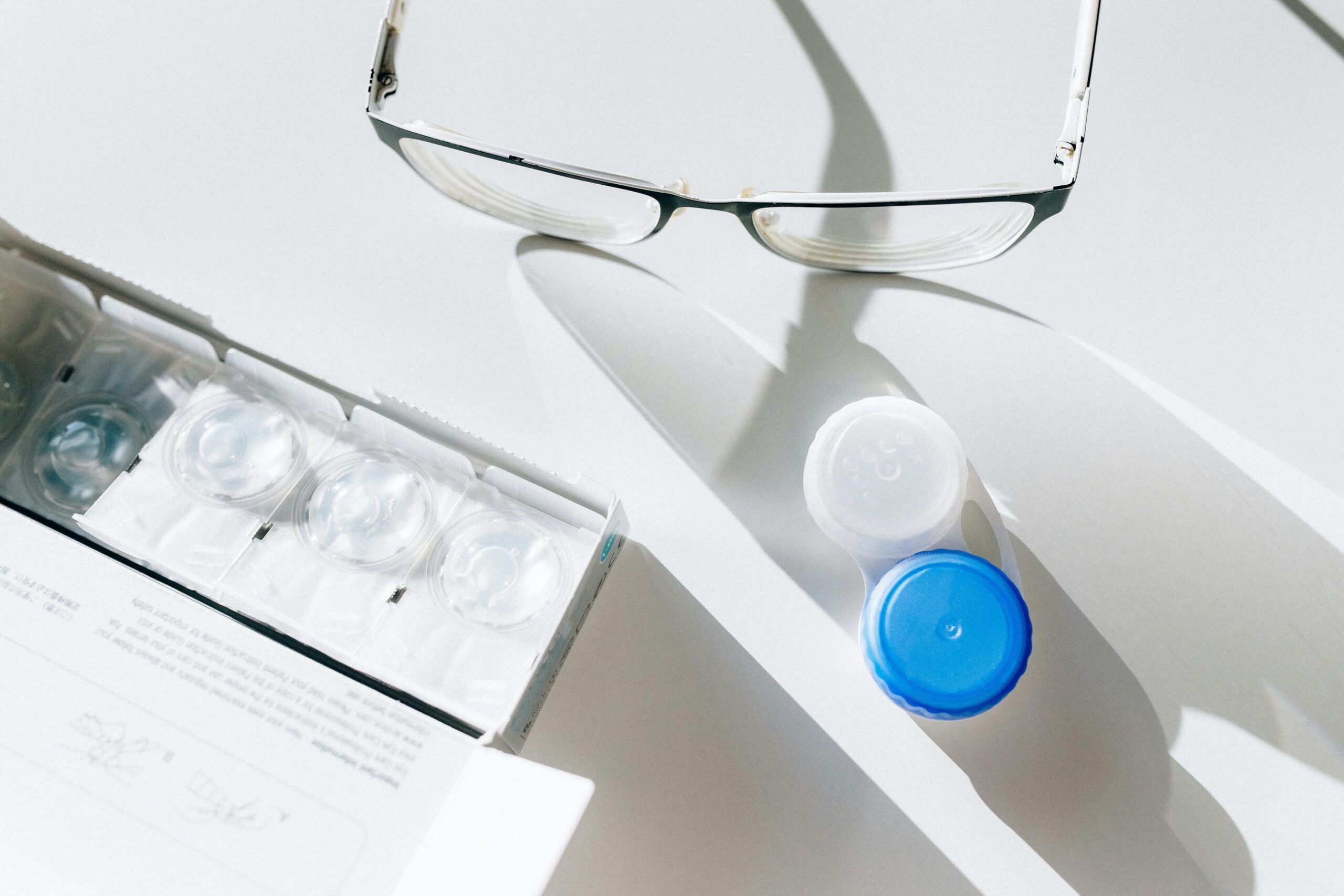Conjunctivitis, commonly known as “pink eye,” is an inflammation or infection of the conjunctiva—the transparent membrane that lines your eyelid and covers the white part of your eyeball. When the small blood vessels in the conjunctiva become inflamed, they become more visible, which causes the whites of your eyes to appear reddish or pink.
While conjunctivitis is often associated with its highly contagious nature, especially in school settings, it is generally not serious and can be treated effectively with proper care.
What Is Conjunctivitis?
The conjunctiva helps keep your eye moist and free of dust and other particles. When the conjunctiva becomes irritated or infected, the resulting inflammation causes discomfort and redness. Conjunctivitis can affect one or both eyes and is usually categorized into three main types based on the cause:
- Viral Conjunctivitis:
- Cause: Caused by viruses such as adenovirus, which is also responsible for the common cold.
- Symptoms: Redness, watery discharge, itching, and often accompanies a cold or respiratory infection.
- Contagious: Highly contagious and easily spread through direct or indirect contact with the infected person’s eye secretions.
- Bacterial Conjunctivitis:
- Cause: Caused by bacteria such as Staphylococcus aureus, Streptococcus pneumoniae, or Haemophilus influenzae.
- Symptoms: Redness, thick yellow or greenish discharge that can cause the eyelids to stick together, especially after sleeping.
- Contagious: Highly contagious and can be spread through contact with infected hands, surfaces, or eye secretions.
- Allergic Conjunctivitis:
- Cause: Triggered by allergens such as pollen, dust mites, pet dander, or mold.
- Symptoms: Redness, itching, tearing, and swollen eyelids. It often affects both eyes and is seasonal, particularly during spring or summer.
- Contagious: Not contagious.
Symptoms of Conjunctivitis
The symptoms of conjunctivitis can vary depending on the cause but generally include:
- Redness: The most noticeable symptom, caused by inflammation of the blood vessels in the conjunctiva.
- Itching or Burning Sensation: Common in allergic conjunctivitis but can also occur in other forms.
- Discharge:
- Viral: Watery discharge, similar to tears.
- Bacterial: Thick, yellow, or greenish discharge that can crust over, especially after sleeping.
- Allergic: Clear and watery discharge.
- Gritty Feeling: A sensation that something is stuck in the eye, often described as gritty or sandy.
- Swelling: Swelling of the eyelids or conjunctiva may occur.
- Sensitivity to Light: Bright light may cause discomfort or pain.
- Tearing: Increased production of tears, particularly in allergic conjunctivitis.
Causes and Risk Factors
The cause of conjunctivitis depends on the type:
- Viral Conjunctivitis: Often spreads through contact with respiratory droplets from coughing or sneezing, or by touching contaminated surfaces.
- Bacterial Conjunctivitis: Spread through direct contact with infected individuals or contaminated objects. Poor hygiene, such as not washing hands or sharing personal items, increases the risk.
- Allergic Conjunctivitis: Triggered by exposure to allergens. People with a history of allergies or asthma are more prone to developing this type of conjunctivitis.
Diagnosis of Conjunctivitis
Conjunctivitis is typically diagnosed through a clinical examination by an eye care professional or general practitioner. The diagnosis involves:
- Medical History: Discussing symptoms, onset, and any known exposure to allergens or infected individuals.
- Physical Examination: A thorough examination of the eye, including the appearance of the conjunctiva, type of discharge, and other symptoms.
- Laboratory Tests: In some cases, especially for bacterial conjunctivitis, a sample of the discharge may be taken to identify the specific bacteria causing the infection.
Treatment Options for Conjunctivitis
The treatment of conjunctivitis depends on its cause:
- Viral Conjunctivitis:
- Treatment: Typically, no specific treatment is required as the infection usually clears up on its own within one to two weeks. Artificial tears and cold compresses can help alleviate symptoms. Avoiding contact with others and maintaining good hygiene are important to prevent spreading the infection.
- Bacterial Conjunctivitis:
- Treatment: Antibiotic eye drops or ointments are commonly prescribed to speed up recovery and reduce the risk of spreading the infection to others. Symptoms usually improve within a few days of starting treatment.
- Allergic Conjunctivitis:
- Treatment: The primary approach is to avoid the allergens causing the reaction. Over-the-counter antihistamine eye drops, decongestant drops, and artificial tears can help relieve symptoms. In severe cases, prescription eye drops may be necessary.
- General Care Tips:
- Good Hygiene: Wash hands frequently with soap and water, especially before touching your face or eyes.
- Avoid Touching or Rubbing Eyes: This can worsen symptoms and spread the infection.
- Avoid Sharing Personal Items: Do not share towels, pillowcases, or eye makeup to prevent spreading the infection.
- Dispose of Contaminated Items: Replace or disinfect items like contact lenses, cases, and eye makeup that may have been contaminated.
Prevention of Conjunctivitis
Preventing the spread of conjunctivitis involves good hygiene practices:
- Wash Hands Regularly: Use soap and water, especially after touching your face or eyes.
- Avoid Touching Eyes: Try to avoid rubbing or touching your eyes, as this can spread the infection.
- Disinfect Surfaces: Regularly clean surfaces like countertops, doorknobs, and shared items that may be contaminated.
- Do Not Share Personal Items: Avoid sharing items like towels, pillows, and eye makeup.
- Use Proper Contact Lens Hygiene: Follow your eye care provider’s instructions for cleaning and storing contact lenses.
When to See a Doctor
While conjunctivitis is usually mild and self-limiting, you should see a doctor if:
- Symptoms Persist: If symptoms do not improve within a week or worsen despite treatment.
- Severe Pain or Vision Loss: If you experience severe pain, vision changes, or sensitivity to light.
- Suspected Bacterial Infection: If you suspect a bacterial infection that may require antibiotic treatment.
- Contact Lens Wearers: If you wear contact lenses and develop symptoms of conjunctivitis, it is important to consult your eye care provider to rule out more serious infections.
Conclusion
Conjunctivitis, or pink eye, is a common condition that can be uncomfortable and inconvenient, but it is usually not serious. Understanding the different types of conjunctivitis and their causes can help you take the right steps to treat and prevent the spread of the condition. Whether it’s through good hygiene practices or appropriate medical treatment, managing conjunctivitis effectively will help you maintain clear, healthy eyes. If you experience persistent symptoms or have concerns, it’s always best to consult with an eye care professional for proper diagnosis and treatment.
For more info, download our detailed brochure here.



